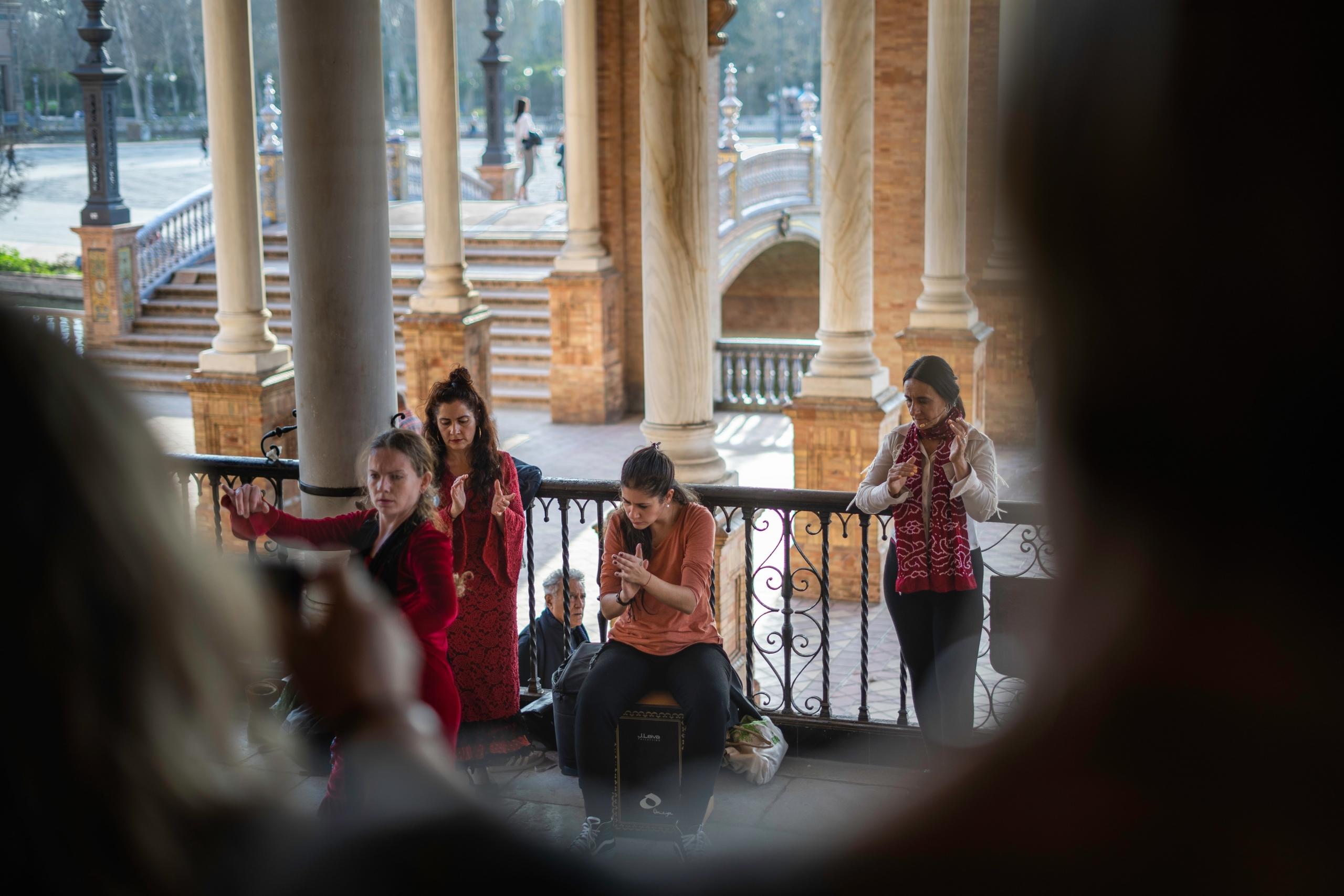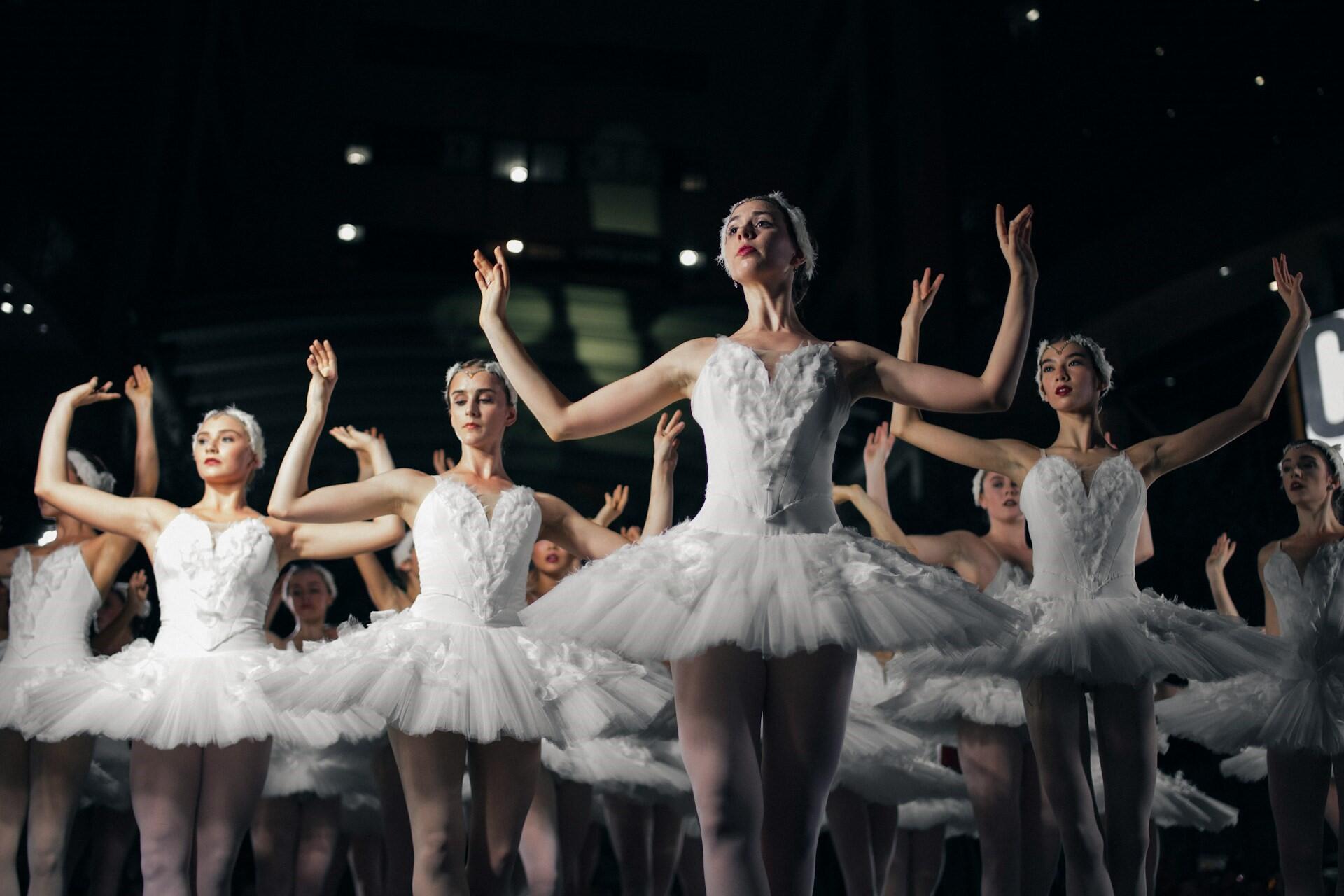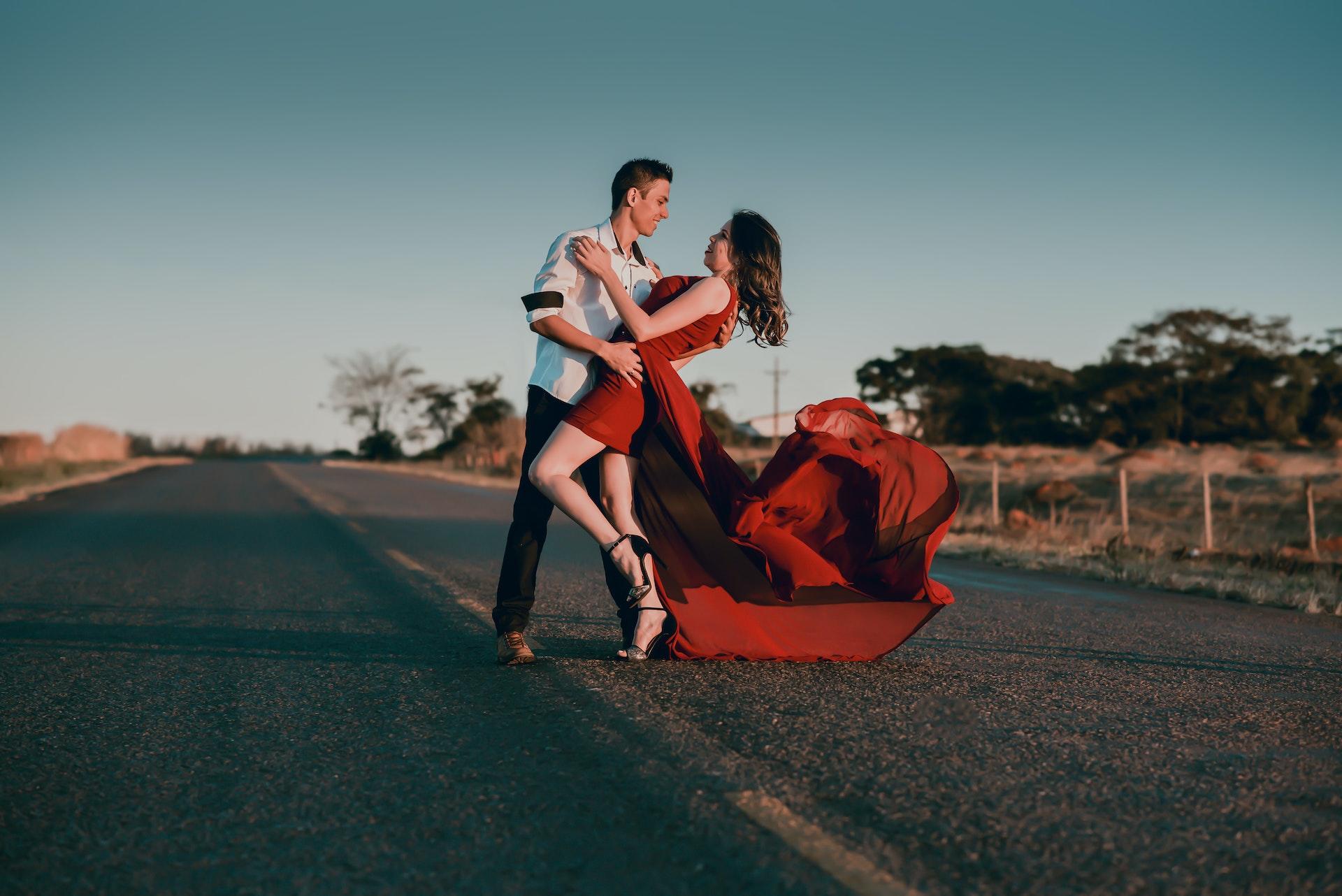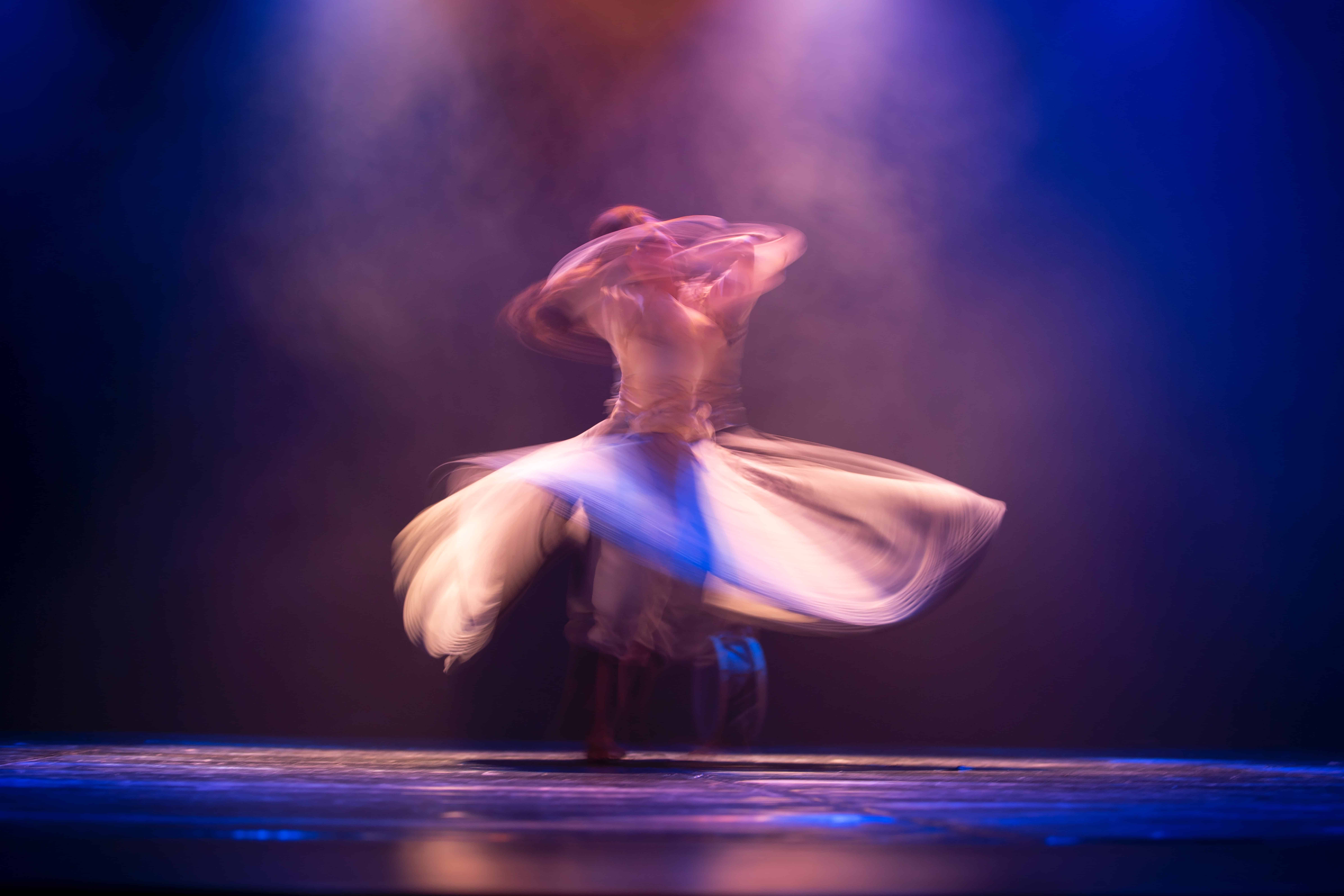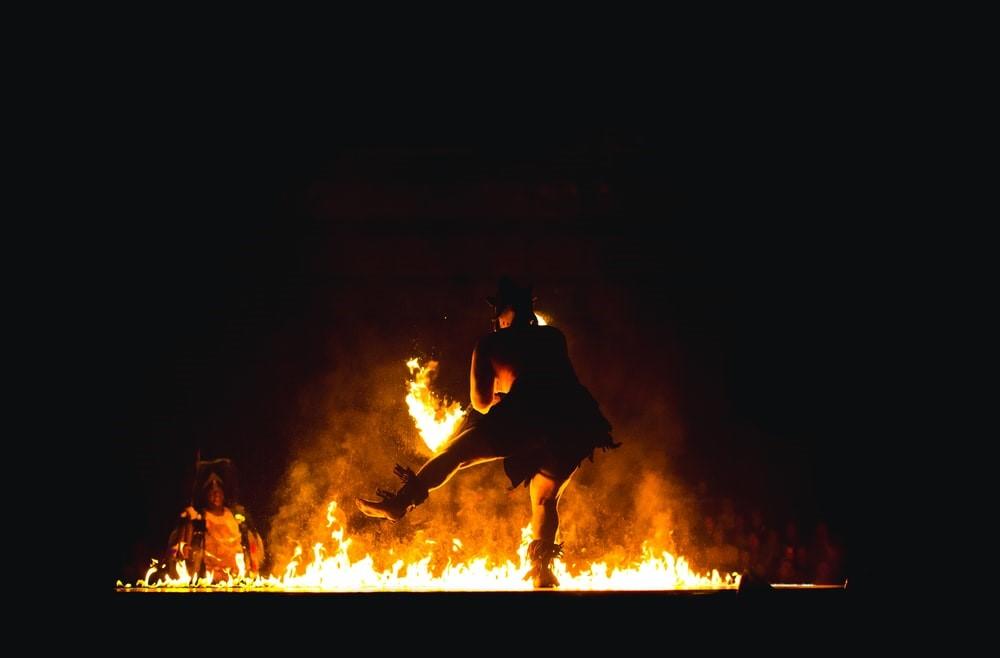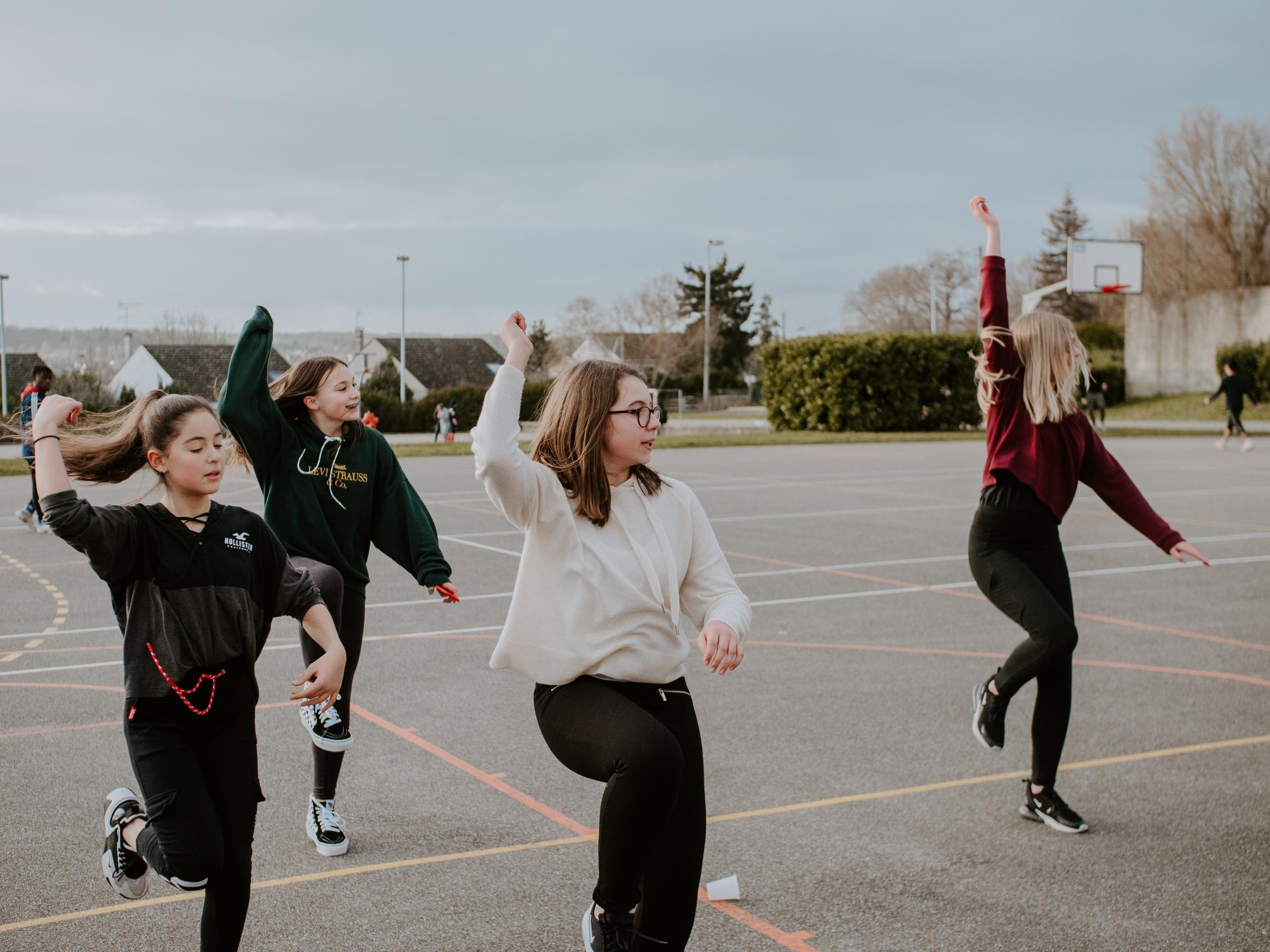Flamenco is a type of Spanish traditional dance that originated in the Andalusian region (south of Spain) and with time it has evolved to different songs, styles, Palos, and movements.
In this guide to flamenco, you will find information about the origins of the dance, what its elements symbolize, a little about the Spanish culture, and finally, learn about the famous flamenco performers.

How did flamenco get started?
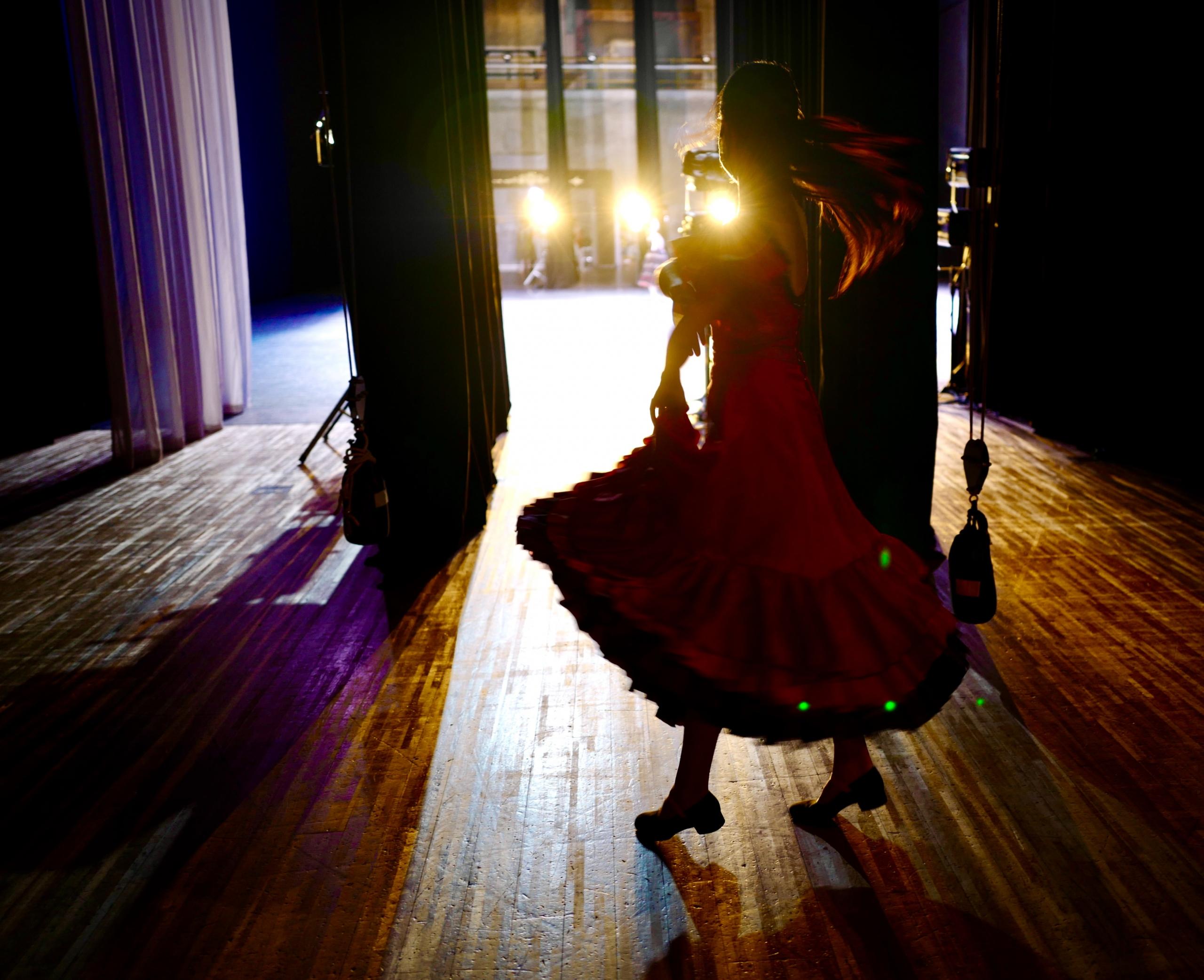
It is believed that flamenco was born in Andalusia (Andalucia in Spanish) and it is associated with the Andalusian Roma (a gypsy group).
Historians argue that flamenco was brought to Spain by a group of gypsies who migrated to the land from India during the 9th century and the 14th century.
The gypsies brought with them music, instruments, and dances that later on got mixed with the classical and traditional dancing that already existed in the land. This mix resulted in the rare, beautiful, and unique art form known as flamenco.
The golden era of flamenco took place between 1780 and 1845. Before that time, cante or song was the main aspect of flamenco. The musical part of the performances was not as important as the singing.
Before 1842 flamenco was an outdoor activity, a form of art performed for families to enjoy during a nice day out. It eventually evolved with the first café cante, an establishment founded in Seville.
These cafes (that soon spread from Seville to Granada and Cordoba) gave protagonism to dancers and musicians. During this period, the singers started to take a secondary role in flamenco and the true artists were the people who danced.
The cafes also gave flamenco a commercial appeal. This was great for the artists because they could make a living from their art, however, some experts considered that the commercial interests in the cafes lowered the quality of the original and authentic flamenco forms.
Flamenco is now a synchronized art between the dancers and singers. Both artists tell daily life stories and reflect on experiences related to history. The artist moving is the protagonist of the singer’s narrative and its interpreter.
Flamenco dance is characterized by its expressive use of arms and rhythmic tapping of the feet. The entire ensemble consists of movement of the arms (braceo), movement of the upper torso, footwork (zapateado), heelwork (taconeo), and hand and finger movement (florea).
UNESCO recognized flamenco as part of the World’s Intangible Cultural Heritage in 2010. This complex art form incorporates poetry, singing (cante), guitar playing (toque), dance (baile), polyrhythmic hand-clapping (palmas), and finger-snapping (pitos).
Read more about the subject on how flamenco got started?
What is the flamenco culture?
Spanish traditions are is known for being one of the richest and diverse in the world. They have many different influences, styles, and adaptations from various groups of people that migrated to the land. One of the most important groups that shaped Spain's history was the Roma.
The Andalusian gypsy brought to Spain musical influences, performers, songs, musicians, and many other forms of art.
With time, the Spanish adapted the traditions of a gypsy group into their own and thus creating the Spanish culture we all know now.
Flamenco is a huge part of this musical and dancing revolution. The Roma introduced Palos, bulerias, and more in places like Granada, Seville, Andalusia, etc.

What does flamenco symbolize?
There are various elements in flamenco. There's music, dance movements, and garments and all of these elements symbolize something different.
Dance
The flamenco dance is characterized as being emotionally intense. The purpose is for the performer to express all these emotions through their bodies by following a specific rhythm.
As we mentioned, flamenco is all about the movement of the arms, upper torso, feet, heels, hands, and fingers. A dancer has to coordinate all these body parts and create the dance we all know as flamenco.
The dance is also different for men and women. In other words, there are different roles to play in flamenco, depending on if you're male or female. Men usually perform sophisticated and complex footwork, and women emphasize their hands and upper torso.
Flamenco performers have a style that distinguishes them from other types of dances. Anyone who knows how to dance flamenco understands an entirely different body language and knows how to communicate their emotions only using their arms and feet.
This cultural symbol has overcome the test of time, and even though it can evolve over the years, it continues to represent the history of Spain.
Find adult dance classes near me here on Superprof.

Song
The flamenco cante is a big part of this art form. There are three types of songs in flamenco, cante jondo (profound song), cante intermedio (intermediate song), and cante chico (light song).
Cante jondo is the original style of song in flamenco and it consists of communicating profound emotion by addressing topics like religious doubt, anguish, despair, and death.
Cante intermedio is a mix or hybrid of different Spanish music sounds. It is characterized as being less profound than jondo but still very moving.
Finally, cante chico has a complex rhythm as the other two forms but it has a less emotional investment than the jondo and intermedio. It usually deals with topics like love, humor, and lighter topics.
Search for A level dance lessons on Superprof.
Flamenco dress
The traje de Flamenca, a gypsy outfit, or flamenco dress, is commonly used by women at the popular festivals of Andalusia, Spain.
The dress is probably one of the most symbolic elements in flamenco. It is characterized by having a tight fabric in the upper body and from the waist down it turns into a long skirt that has multiple layers of ruffles. Some dresses don't have sleeves, others have short normal sleeves, and some have a few ruffles on the sleeves.
These layers turn the dress into a big, heavy, beautiful, and festive outfit, worthy of a flamenco dancer.
This dress is most commonly red with polka dots. However, there can be some variations in color and patterns. Some dresses are black or white and at Andalusian festivals, you can find green or baby blue dresses too.
A flamenco dancer can cover up with a white or pink shawl if they wish. Finally, performers usually wear their hair on a tight high bun and decorate their hair with flowers and a decorative scrunchy.
In an Andalusian festival, you'll distinguish two types of dresses. One of them is worn by women who are about to perform or already performed, and the other type is casually used as a day dress in the region.
Women merchants would wear gowns trimmed with ruffles to the fairs where they used to work. With time, other women started copying these dresses and wearing them in public. Eventually, the dress evolved into what we all know today.
The classical outfit originally belonged to the gypsies and it is now known as a traditional suit for performers from Andalucia. The dress was designed and became popular between the 19th and 20th centuries.
Top flamenco artists
As we mentioned, flamenco is very popular in Spain. This means that there are a lot of popular and famous flamenco dancers, singers, and musicians (guitarists), across the country.
Many of the flamenco performers started their careers at a young age and developed their talents as teenagers or even younger. Like with anything else, if you want to become someone in the flamenco world, you must start early.
Learn about the top flamenco artists.

Below, you will find a list of some of the most popular and known flamenco dancers in history. Each of them has a great career in flamenco as a prominent dancer:
- Cristina Hoyos
- Antonio Canales
- Carmen Amaya
- Cecilia Gomez
- Antonio el Pipa
Keep in mind that not all of these professionals are still dancing, however, most of them did continue having careers within the world of flamenco. For instance, Cristina Hoyos opened the first museum dedicated to flamenco called Museo del Baile Flamenco in Seville.
Flamenco has many different components, in the past dancing wasn't as important as it is today. Before, music was the stellar performance in flamenco, and singers and guitarists used to get all the attention.
Guitarists will accompany sad music with slow and high pitch strings, and happy music, with warm and joyful strings.
There is a traditional mode of playing the guitar in flamenco called the Phrygian mode. It consists of the notes of the A minor scale starting on E. To add tension I also play G# on the 3rd string.
Below you will find a list of famous flamenco musicians:
- Paco del Gastor
- Diego del Gastor
- Daniel Casares
- Paco de Lucia
Songs and singing are the last pieces of the puzzle in flamenco. There are many famous performers in Seville snd all across Spain providing audiences with beautiful and heartfelt performances.
Below, you'll find a list of Spanish flamenco singers who have delighted audiences in Andalusia and the world:
- Diego el Cigala
- Jose Menese
- Diego el Fillo
- Camaron (de la Isla)
Embark on a rhythmic adventure with our beginner hip hop classes for adults, enhancing your dance journey alongside your regular flamenco classes. Dive into the dynamic beats of hip-hop, infusing a modern twist into the passion of flamenco, and discover the joy of a well-rounded and versatile dance experience that transcends boundaries and traditions.

